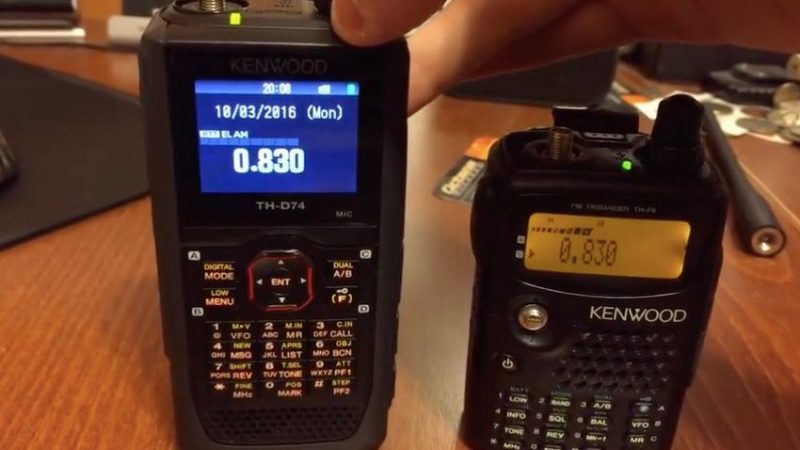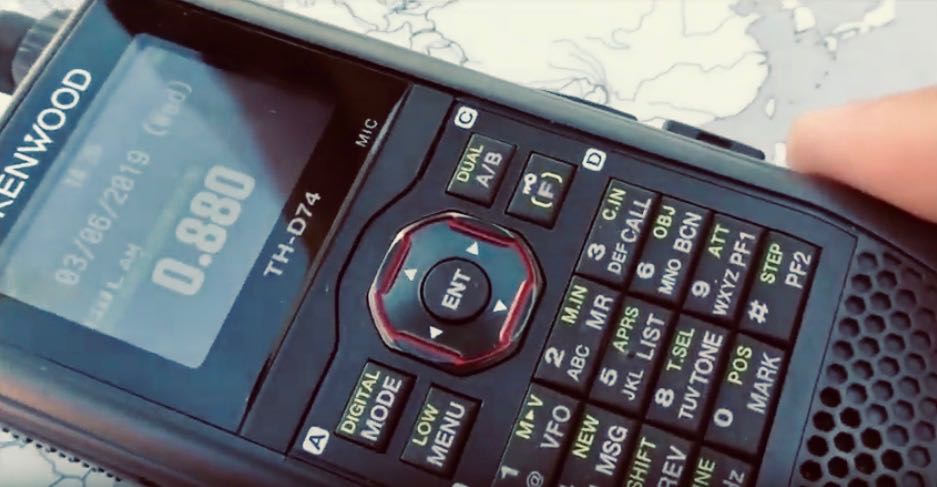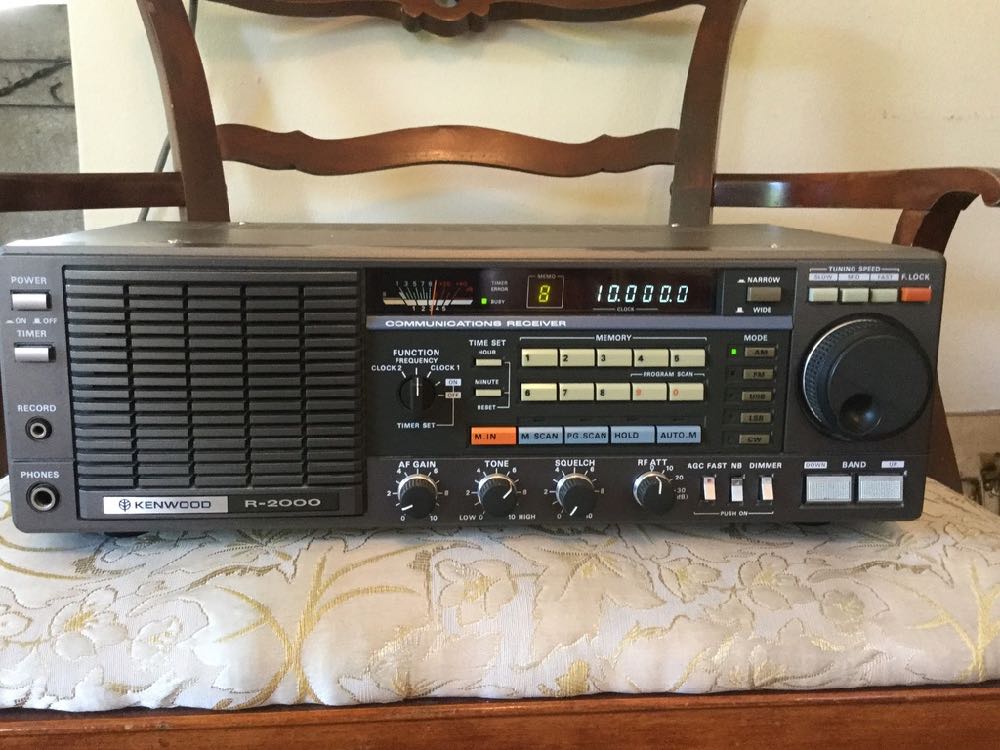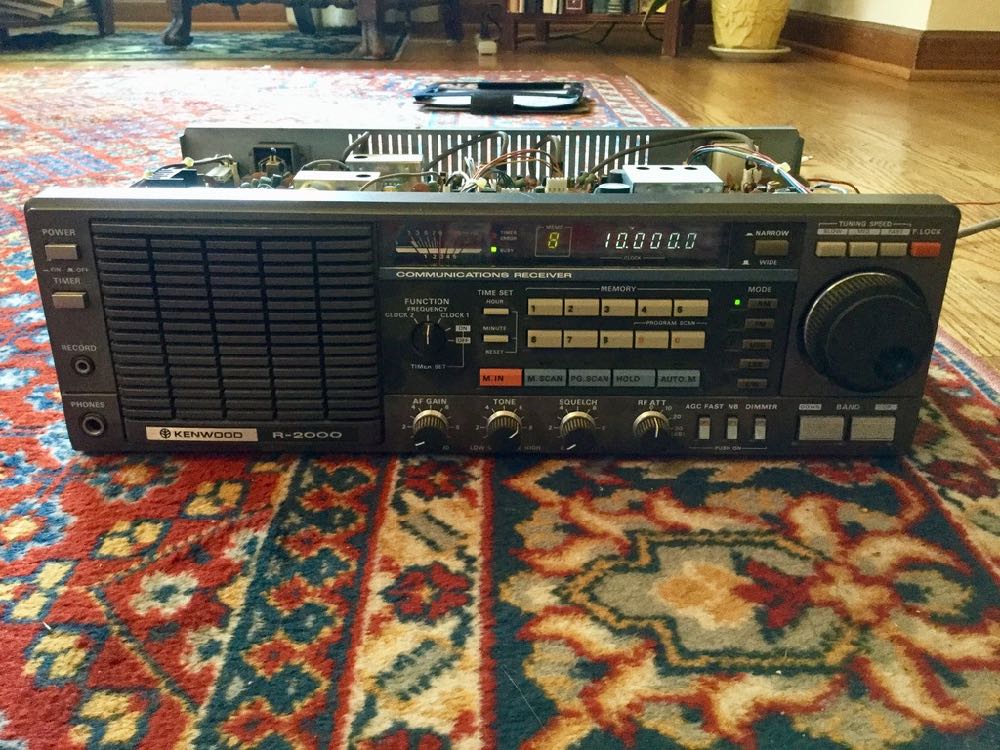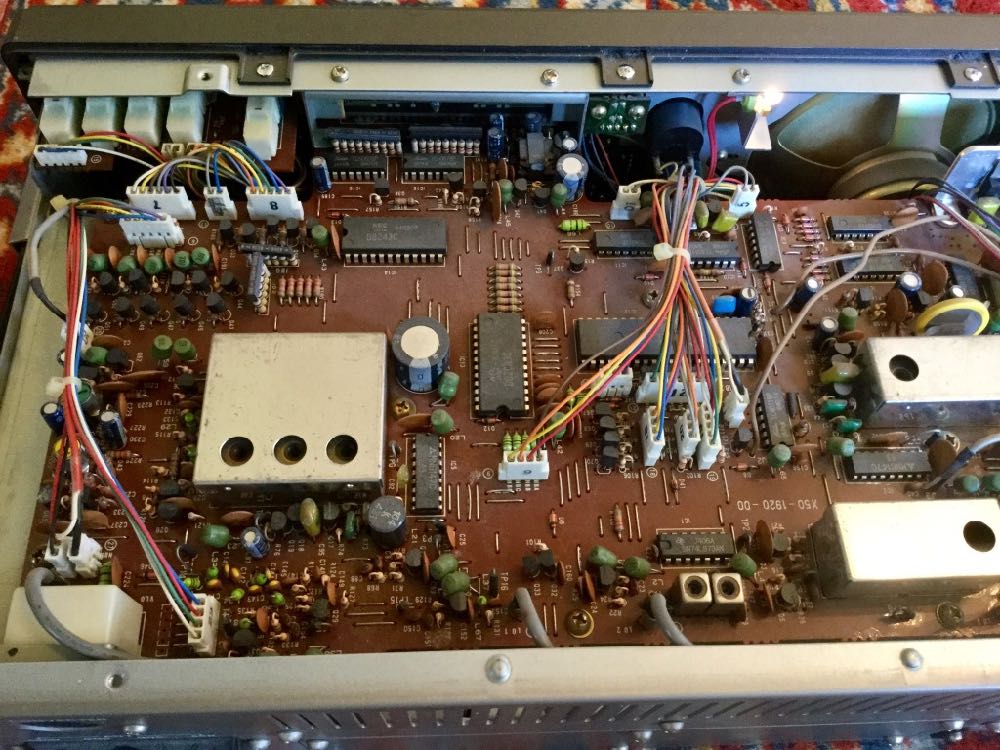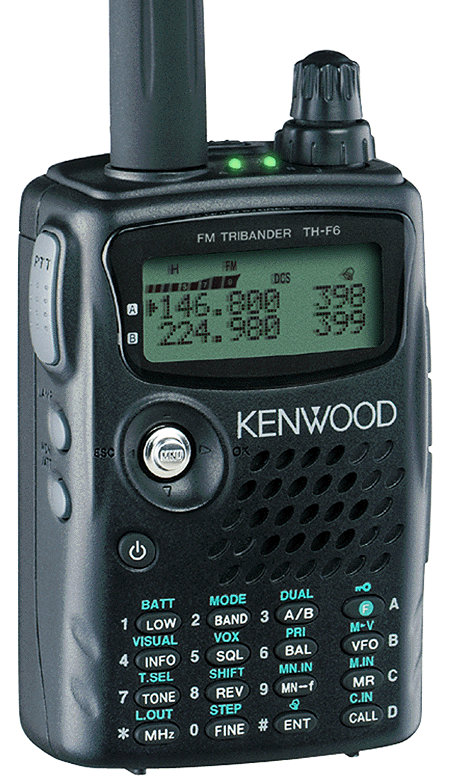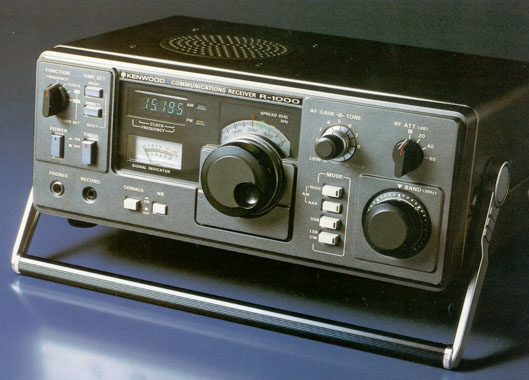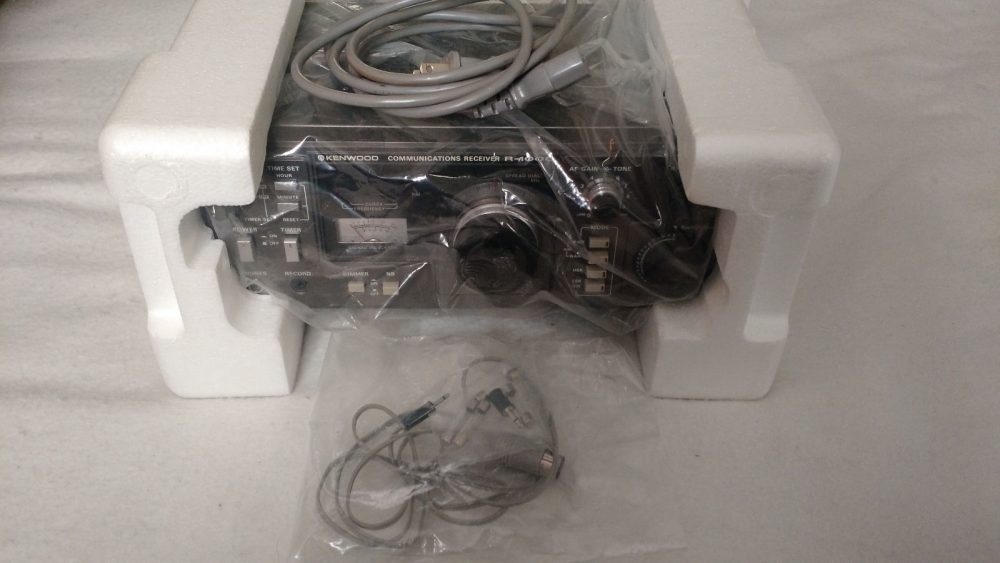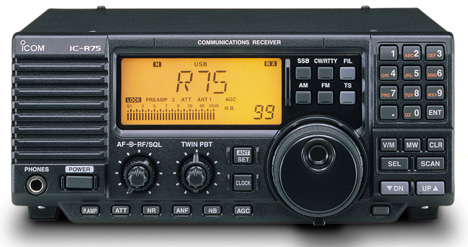Many thanks to SWLing Post contributor, TC, who shares the following response to Ivan’s post about the Kenwood TH-D74 on mediumwave:
A couple of years ago, I published a side-by-side comparison of the TH-F6A and the TH-D74 on YouTube comparing reception of a local AM broadcast station. The F6A was far more sensitive on the AM broadcast band than the TH-D74.
You can see the video here:
Click here to view on YouTube.
I didn’t take the internal orientation of the bars into account, but the D74 is less sensitive in pretty much any orientation compared to the older F6A.
I contacted Kenwood about the difference, and they stated something to the effect of while the TH-D74 does receive MW, it wasn’t necessarily designed for it, and thus the reception there suffers compared to the F6A.
However, the tradeoff here seems to be better shortwave reception in the TH-D74 compared to the F6A. Hook the D74 up to a large wire antenna and you can easily pull in stuff on the shortwave broadcast and ham bands, and the IF filters help quite a bit as well.
Thanks for sharing, TC! I own a few wideband handheld transceivers so I keep a short SMA “pigtail” in my EDC pack that I can use to enhance HF performance. I simply clip a 15′ wire onto the pigtail’s exposed conductor to enhance HF performance. Also, as Ivan points out, inductively pairing any of these tiny radios with a mag loop antenna will also augment performance on mediumwave.
Thanks again for sharing!

